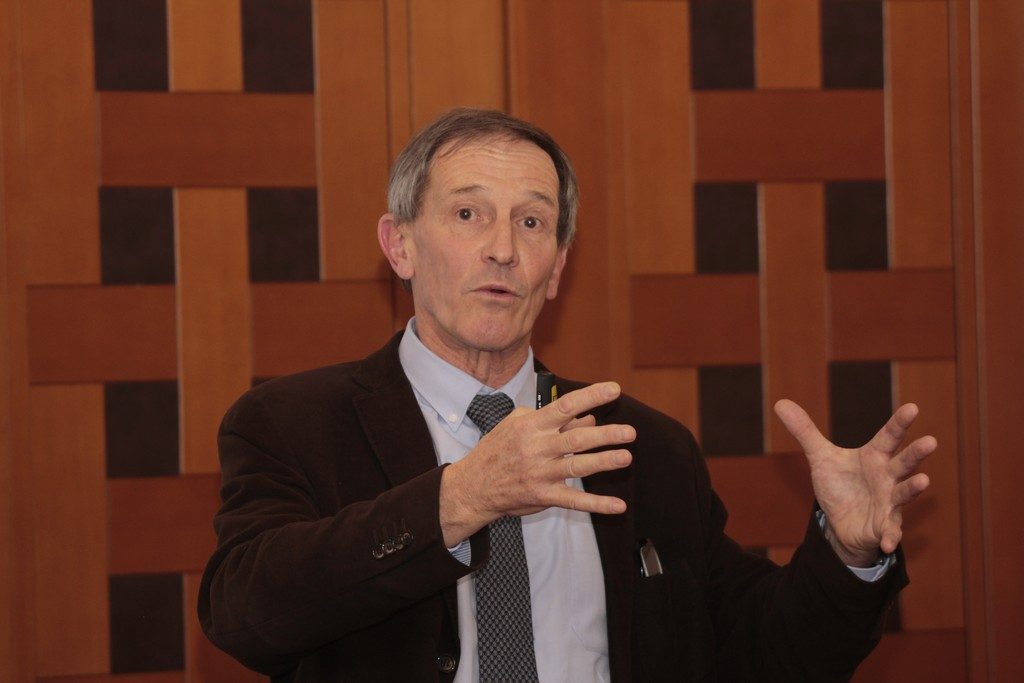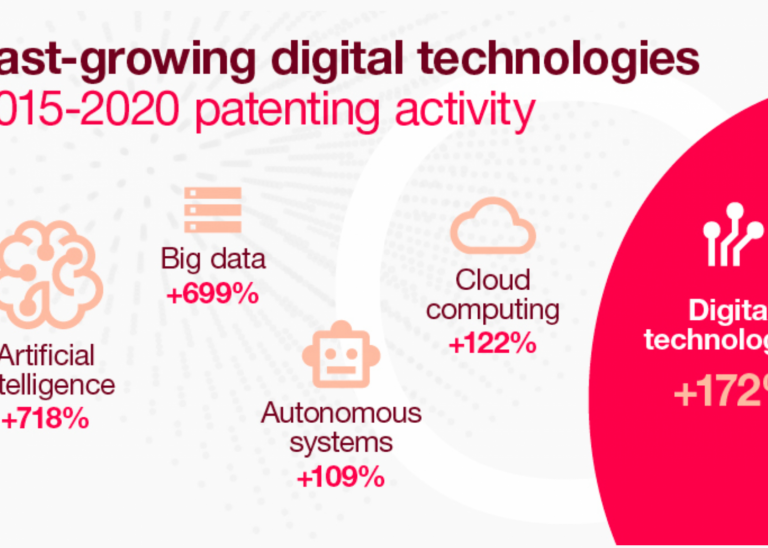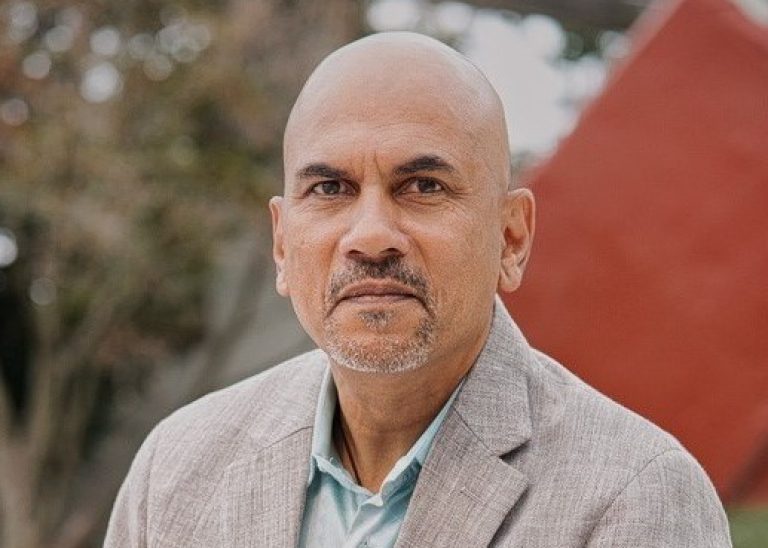We had the pleasure of interviewing Leopold Demiddeleer, our resident tech scout, and his comments about university commercialization activity echo the sentiments Joy Goswami shared in his interview with us last week.

Here is an excerpt from our interview with Demiddeleer:
Jon Lillian: Leopold, how do tech scouts search efficiently in real life?
Leopold Demiddeleer: That’s a big question, and there are a lot of ways to do it. There are so many Technology Transfer Office websites to visit, conferences to attend, a lot of people to meet. It is key to figure out what you’re looking for so. Tech scouts are bombarded with information and they need to keep clear and consistent strategic focus. Sometimes it’s just easier to say: “Unsolicited? I can’t look at it.”
JL: So, when you and your team found something interesting enough for a deep-dive, did you know what you wanted in terms of structure – a license, an acquisition, something else?
LD: Sometimes, but it varies a lot, especially once you get in there. On occasion, we’d really like the research, but weren’t satisfied with published IP – say, because the patent wasn’t written to protect what we needed – it happens a lot. Even with a smart and successful TTO guiding the process, patent applications can easily get written “academically” and not meet industrial licensee needs.
For example, around 2005-06, Solvay worked out some strategic technology initiatives in advanced materials. Two of them were: (1) printed electronics/OLED lighting, and (2) PEM fuel cell membranes for electrodes and assemblies. Let’s look at what we did in OLED.
Solvay’s motivation had internal and external factors relating to fit. External factors for OLED were its broad potential demand in lighting applications, way beyond flat panel display (FPD). For fuel cells (FC), PEM had the best prospects for wide adoption due to production economics and operating environment. Judgments like that relate to external markets and technology, not to Solvay’s organization.
Sounds like the beginning of a joke: we came across a group of three research scientists – a Belgian, a Frenchman, and an American. But instead of walking into a bar, they moved from one university in the US, to Georgia Tech. That team was doing terrific work in OLED – not just FPD. One thing quickly led to another, and our collaboration took off and went for 6 or 7 years, with sponsorship of several million dollars – resulted inover 60 patent applications.
JL: That is an excellent example of how the outcome was different than what you initially expected. And, it brings up another question about how tech scouts approach universities- if you found a technology at a university that looked potentially interesting, what do you do?
LD: Well, first I want to know if the research is ongoing – it’s a big deal for effective transfer to get know-how with it. Getting the author with the patent brings critical know-howuseful for optimizing, and sometimes just to make it work. Next, if my team had a connection to the researcher or institution, we’d probably get in touch and get a dialogue going right away.
Like everything else, you tend to work with people you know already because of everything else that needs to get done in a day. So, why create work to get to know a new place, with same or higher “no fit” risk, when there’s lower-hanging fruit. Of course, there are exceptions.
It’s easy to back burner a time-consuming project with an uncertain outcome. Tech watch is no different, and the problem is worse due to the frequent appearance of a fit, so many just don’t bother – it’s hard to break out of that circle.
JL: Okay. Let’s switch gears. How about the connection between research capabilities and spinouts or licensing to startups? Say two places each file around 150 patent applications a year, and have active TTOs. If one has much more visible venture creation and early-stage licensing, would you care?
LD: My personal experience – and I don’t think I am alone – is “yes”, it’s a big connection. I’m not sure why TTOs and research administrators don’t exploit it more, because it’s a strong signal for tech scouts. Activities in creating spinouts and in licensing to startups are clear and positive signs that other research is likely to have not just academic significance, but commercial potential.
Startups connect the dots for me: here’s a technology that a smart team is actively trying to commercialize. So, even with a flawed process – like the OLED pilot line I mentioned – industry insights can bring a lot. .
Remember, investigators hitched to a startup aren’t just making a theoretical connection between research and marketplace: they’re betting on it. As a tech scout, I’m far more interested in getting to know a new institution with vigorous startup-stage licensing/new ventures because it shows that they have investigators interested in real products for the market.
Are you ready to show industry partnerships the power of your university’s research?
Dr. Demiddeleer holds a PhD in Physical Chemistry from Brussels University (ULB) and joined Solvay in 1981, starting in catalyst research, he successively lead different R&D entities before being appointed New Business Development Director in 2000. From 2000 to 2011 Dr. Demiddeleer served as Senior Executive Vice President for “Future Businesses and Corporate Venturing.” Also during this time, he held the Solvay seat at the Advisory Boards of 3 Venture Funds (Pangaea II, Conduit Ventures Ltd, & KAM) and was an active board member at start-ups in the field of printed electronics; Plextronics and Solvicore. He is Honorary President of EIRMA (European Industrial Research Management Association) where he served, from 2008 to 2013. From 2009 to 2014, he joined the Advisory Boards of Georgia Tech, CEA-PFNC and the Manchester Business School. In 2009, Dr. Demiddeleer was appointed member of the Belgian Royal Academy for the Section “Technology and Society.” Currently, he currently teaches Industrial Chemical Innovation at ULB, works with Georgia Tech as a Director for Development in Europe and Chairs the Board of McPhy Energy.



